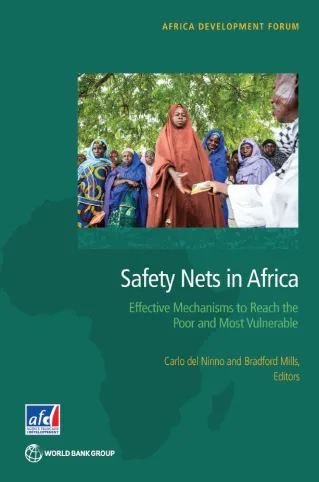Share the page
Safety Nets in Africa : Effective Mechanisms to Reach the Poor and Most Vulnerable
Published on

The need for safety nets in Sub-Saharan Africa is vast. In addition to being the world‘s poorest region, Sub-Saharan Africa is also one of the most unequal. In this context, redistribution must be seen as a legitimate way to fight poverty and ensure shared prosperity - and all the more so in countries where growth is driven by extractive industries that are not labor-intensive and often employ very few poor people. Given that most African countries face difficult decisions about how to allocate limited resources among a number of social programs, evidence is important. Do Safety Net programs actually benefit the poorest people? This book demonstrates with empirical evidence that it is possible to reach the poorest and most vulnerable people with safety net programs, and provides lessons for the effective use of targeting methods to achieve this outcome in the region.
Useful Information
-
Authors
-
Carlo DEL NINNO, Bradford MILLS
-
Number of pages
-
321
-
Collection
-
Africa Development Forum
-
Other languages
